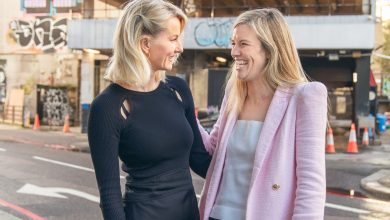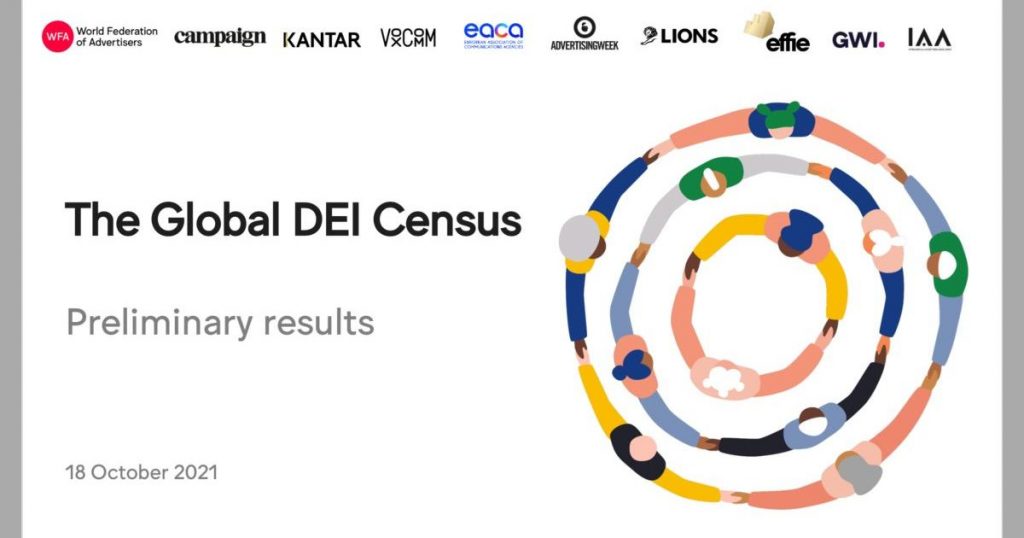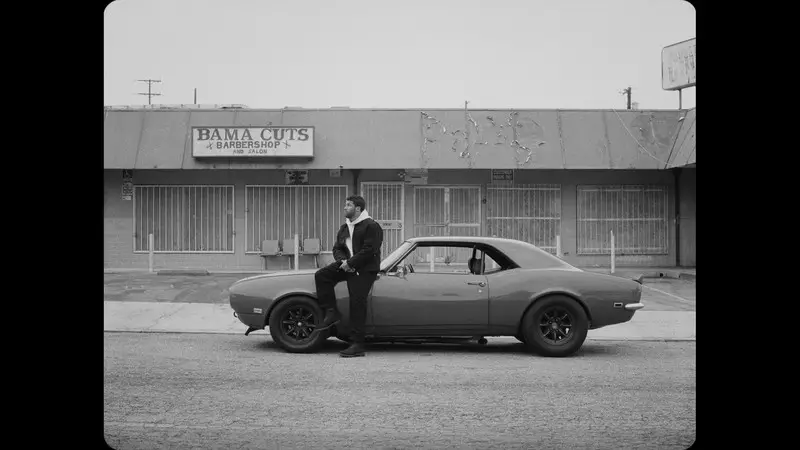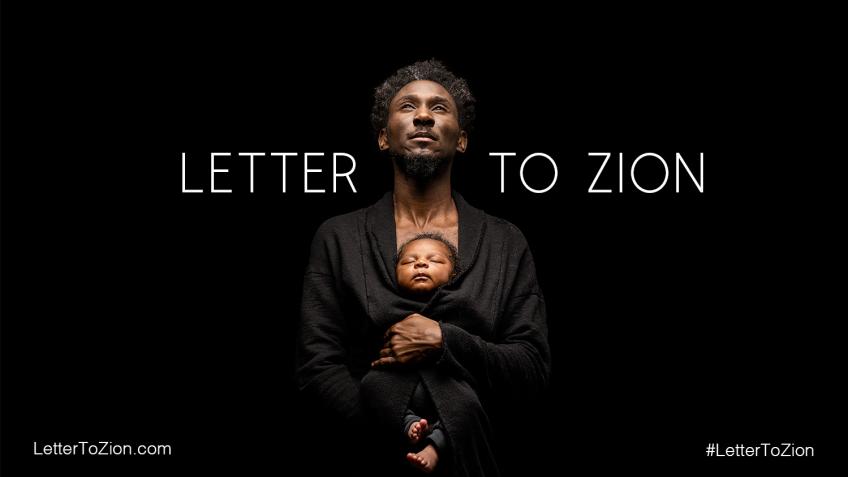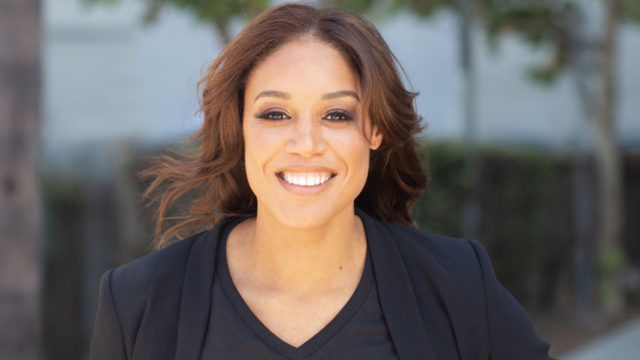I have to be real – it’s exhausting to see the amount of lip service in the ad industry about turning the leaf for better multi-cultural/ethnic activity. We see pledges and manifestos usually in the form of carefully calculated social posts, but it remains on the fringes of marketing plans and brand roadmaps.
The problem is rooted in the fact that multi-cultural moments are still seen as initiatives for brands and don’t hold a valued place within the broader marketing calendar. I’ve worked on Christmas campaigns across global, national and niche brands – usually starting strategic development half a year before the day, smack in the middle of summer.
But yet, when it comes to the drive for more representative and inclusive engagement and playing in moments that appeal to diverse audiences – why is it always a lazy afterthought? It’s like developing and producing your Christmas campaign on Christmas Eve by repurposing assets from e-commerce shots you took last month, and then (the worst thing) measuring audience worthiness based on the performance of that!
I’ve previously been challenged by clients with comments like “our data doesn’t justify doing this.” No shit. Comments like that remind me of when XBOX Kinect sensors didn’t recognise gamers with darker skin, when self-driving Teslas crashed into white vehicles, or when Microsoft released a chatbot named “Tay” which ended up becoming racist from the social data it could most easily access.


When it comes to justifying why you need to expand your brand activity, recognise that referring to your existing data for the insights may not be the best starting point, since it’s probably not properly built to account for it or inherently carries biases.
Venture into the real world and speak to the real people – with the help of specialist creative agencies who actually understand these audiences – to fill these gaps you keep jumping over. And that doesn’t mean you just pull together a colourful influencer campaign to do the hard work for you. It’s really frustrating to see the sheer number of brands who approach diverse and multi-cultural audiences solely through a single influencer channel and pat themselves on the back.
If your inclusivity and multi-cultural push is only pushed through influencer activity, you’re just outsourcing any risk and commitment which isn’t effectively uncovering what could be.
I kid you not; I was once sitting in a room with a marketing director from one of the most well-known fashion brands in the country, who said: “but our customers are racist,” when I proposed a strategy to engage British Muslim women. And you guessed it; they opted to go with influencers to “temper the risk” rather than “shake the boat.”
This just showed the severity of the attitude towards people from ethnically or religiously diverse backgrounds as they’re not even being counted as customers or considered part of media plans, before even considering multi-cultural moments being part of marketing calendars.
The global pandemic has brought huge challenges to the industry, which we can see with the year-on-year drop in ad spend, each month. But shrinking budgets raise the question of how brands can use their budgets smarter. As part of some work we did this October, we looked at brand perception from people of different backgrounds. We found that British people from Black and South Asian backgrounds are almost three times more likely to shop from a brand than British White people when their cultural moments and festivities are engaged with directly.
Rather than hedging bets on massive one-size-fits-all national campaigns, it would be a smarter decision to redirect budget into a more cost-effective activation that will reap the rewards in the long run.
So, if you work for a brand, you’re probably thinking what do I do next? The starting point is to look beyond the old boys’ club of agencies who have long failed to recognise or appreciate this need themselves. Venture beyond and expand agency rosters to provide brands that agility and scope; as well as, challenging lead agencies who declare brand guardianship to think laterally to help bridge these gaps.
They should be collaborating with specialist agencies on a project by project basis to populate the year with an effective and engaging brand activity that has real impact. Get out the comfort zone. Feeling safe and doing the same is what’s fuelling the problem – so find the right people to make it feel as comfortable as possible along the whole journey.



